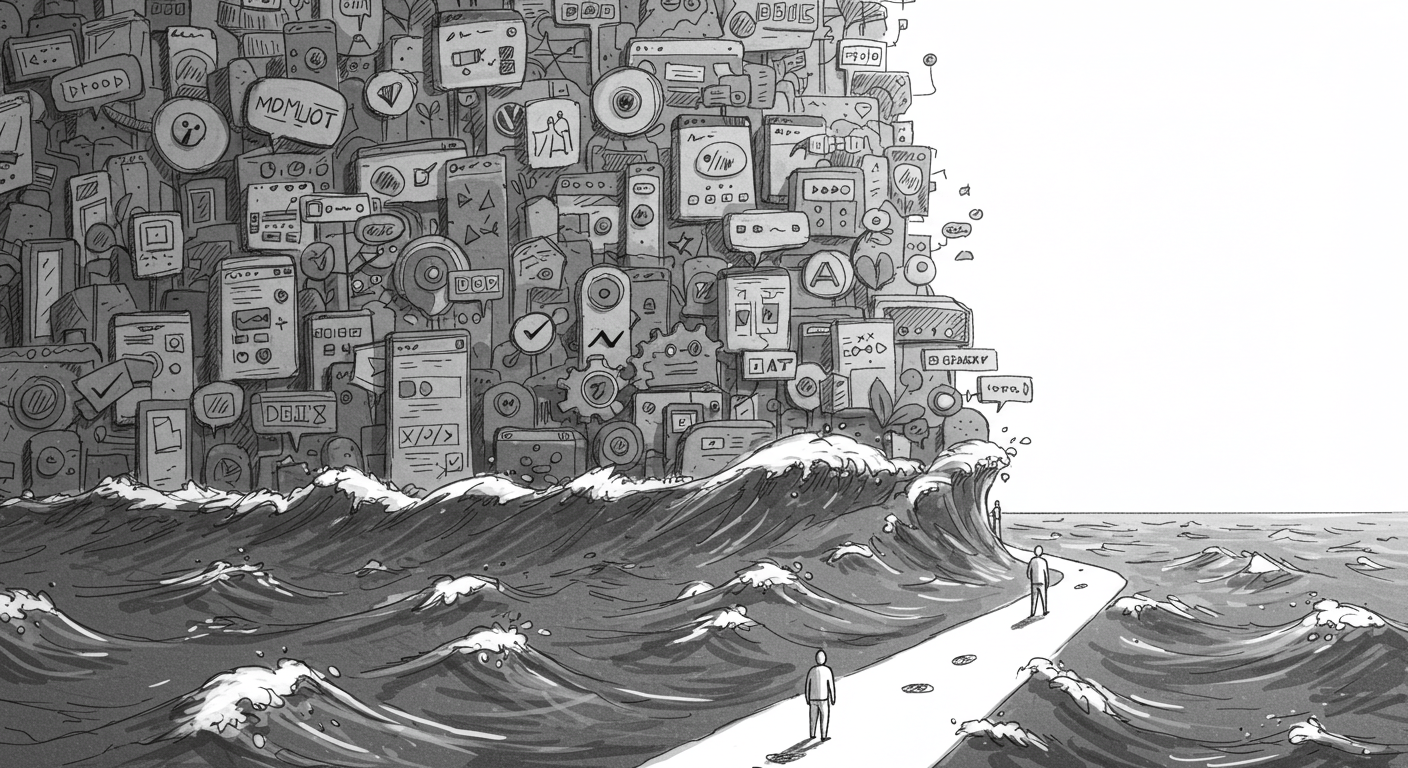Don’t Design Like Pharaoh
What happens when product teams try to control everything — and what real leadership in UX looks like. #
The final days of Pesach are about walking forward.
Not escaping anymore — moving. Through the sea. Into the unknown. It’s messy, unscripted, and very human.
So this is a story about control. About what happens when design becomes fear-driven. And about why trying to manage every click, every user move, every pixel of behaviour — ends up hurting the people we’re supposed to help.
In other words: Pharaoh UX.
The Pharaoh Problem in Product Design #
Pharaoh’s core fear? Loss of control. That people might act freely. That things might change.
Sound familiar?
You see it in:
– Onboarding flows you can’t skip
– Interfaces that require everything before you do anything
– Products that lock data inside
– Cancel flows designed to shame you
There’s a pattern here. It’s the same logic: “If we let people decide for themselves, we’ll lose them.”
We’ve seen this play out:
– In project kickoffs where someone insists the login screen needs four fields (minimum!)
– In apps where the “X” to close the popup has the same colour as the background (a subtle power move)
– In platforms that treat their own users like enemies of the state
It’s all Pharaoh energy. “Stay here. Work harder. Don’t ask questions.”

When the Sea Splits, Let People Walk #
Let’s get one thing straight: the sea didn’t split so the Israelites could walk. It split because they walked.
Progress required movement, not certainty. And not micromanagement.
We see this in good UX too. Sometimes the most powerful thing a product can do is trust the user to move forward.
That might mean:
– Letting them explore the product before account creation
– Providing clear explanations without forcing next steps
– Allowing experimentation, drafts, reversibility
One of the best design moves you can make? Saying: “Hey, if this doesn’t work for you, here’s how to undo it.”
Users don’t need a divine roadmap. They need to feel safe taking a step.
How to Lead Like Moses, Not Pharaoh #
Moses didn’t build the sea path. He facilitated movement.
He didn’t control the journey. He guided it.
He didn’t shout “Optimize the conversion rate, or perish!” (though that would’ve made for a wild Midrash).
That’s what great UX does:
– Removes fear
– Holds space for hesitation
– Makes complexity navigable
– Assumes people will surprise you (in good ways)
We’re not saying “design without structure.” We’re saying “design without panic.”
Users don’t need rules disguised as friction. They need design that respects pace, intention, and maybe a little free will.
Are You Designing Like Pharaoh? A Self-Diagnostic #
Take a breath. Be honest. Answer the following:
– Is your onboarding longer than most people’s attention span?
– Do you reward exploration, or punish deviation from The Path™?
– Does your UI lock users into choices before they know what they’re choosing?
– Can someone leave without writing you an apology?
If any of that sounds familiar, don’t worry. There’s no plague of locusts coming. But there might be a support ticket backlog.
Designing like Pharaoh is tempting — especially when stakeholders are anxious, metrics are down, and churn keeps you up at night.
But Pharaoh-style control doesn’t stop churn. It causes resentment. And resentment is worse than bounce. It’s bounce with a blog post.
The False Promise of Control #
A short fable:
You hide the cancel button. You bury the “no thanks.” You add extra clicks, extra copy, and an interstitial that makes the user doubt every life choice that led them here.
They stay. Technically.
But they’re not loyal. They’re not happy. They’re not advocates.
They’re captives. And captives don’t convert. They escape the first chance they get.
Okay, So What Does Good UX Leadership Look Like? #
It looks like:
– Confidence that your product is useful, not just sticky
– Clear exits, because respect builds trust
– Smart defaults, but always editable
– Empty states that teach, not preach
It sounds like:
“Want to try before signing up?”
“Here’s what you can expect.”
“Need to pause? No problem.”
“We’ll save your place.”
It feels like:
– Flow, not funnel
– Support, not surveillance
– Partnership, not pressure
Final Thought #
We get it. You want users to stick around. You want adoption, retention, MRR, etc.
But if you need to trap users to keep them, they’re not staying. They’re stuck.
And people don’t forget the products that made them feel cornered. They avoid them.
So this Pesach, while we talk about freedom, let’s also talk about fear. Specifically: the fear that makes us tighten every part of the flow, lock every gate, and optimize until there’s no oxygen left.
Pharaoh built pyramids. Moses built movement.
You get to choose which kind of designer you want to be.
—
DNSK WORK
Design studio for digital products
https://dnsk.work